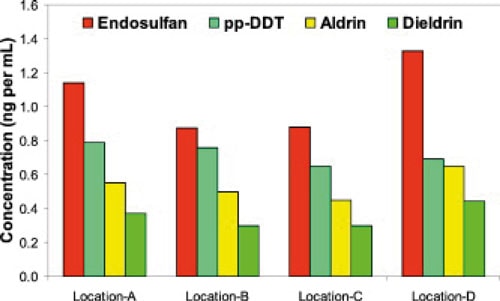Pakistan needs to encourage local production of pesticides to save the precious foreign exchange incurred on their imports, and provide the farmers with low-cost inputs to increase their productivity, WealthPK reported.
Pakistan largely imports pesticide acids and liquids which are then repackaged locally by the companies with their brand name for sale.
Pakistan’s pesticide sector’s value was estimated at $484 million during the first seven months of the fiscal year 2021-22, registering an increase of 15% over the same period of previous year when the industry’s value was $422 million.
Pakistan is not a producer of pesticides, and depends on imports of raw materials. Almost all the companies in Pakistan import the ingredients used in making pesticides.
During the first seven months of the fiscal year 2021-22, Pakistan imported pesticide products worth $103 million compared to imports of $95 million during the same period of last year, showing an increase of 8%, according to the Pakistan Credit Rating Agency (PACRA).
Mohammad Shoaib, Chief Executive Officer of Miraj Crop Science, which is based in Multan, told WealthPK that they import pesticide liquids and then repack them with their own company’s name. He also said that the imported liquid costs are very high, which ultimately translates into elevated rates of the finished product.
“If Pakistan can produce liquids, other raw material and acids locally, then the cost of the finished product will dramatically decrease,” said Shoaib.—INP









